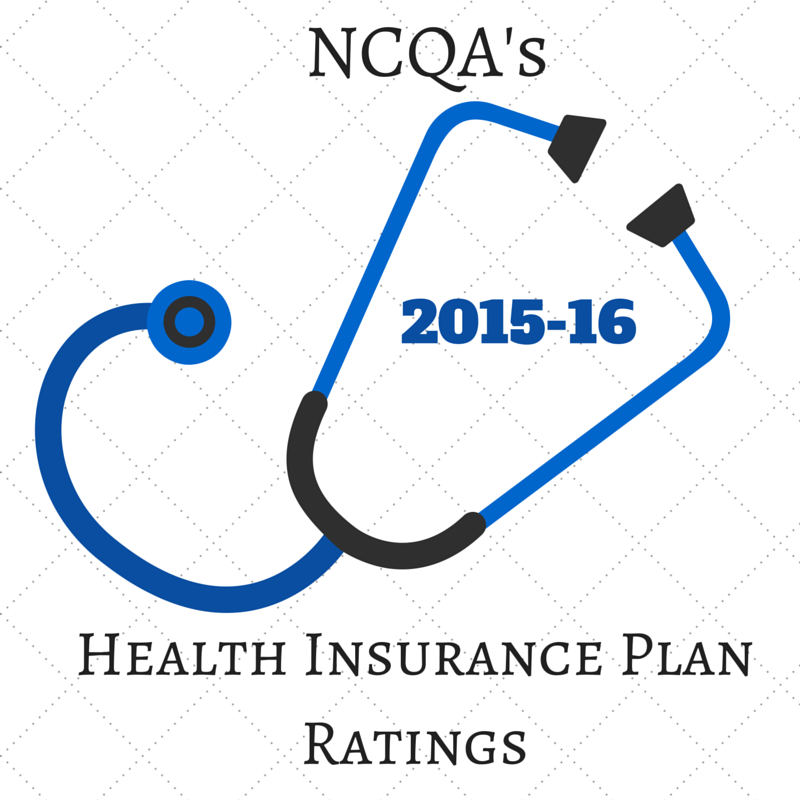 On September 17, 2015 the NCQA announced the release of the 2015-16 Health Insurance Plan Ratings, debuting the new ratings methodology as well. These ratings, which are shift from the “ranking” system previously used by the accrediting body, compare the services and quality of over 1,000 health plans. These ratings “provide consumers with a more accurate picture of how health insurance plans perform in key quality areas.”
On September 17, 2015 the NCQA announced the release of the 2015-16 Health Insurance Plan Ratings, debuting the new ratings methodology as well. These ratings, which are shift from the “ranking” system previously used by the accrediting body, compare the services and quality of over 1,000 health plans. These ratings “provide consumers with a more accurate picture of how health insurance plans perform in key quality areas.”
Health Insurance Plan Ratings 2015-16
The Health Insurance Plan Ratings. which are published annually “compare the quality and services of more than 1,000 health plans that collectively cover 138 million people—over 43% of the US population. NCQA studied 1,358 health plans and rated 1,016: 491 private (commercial), 376 Medicare and 149 Medicaid. The ratings align with the CMS Star Ratings of Medicare Advantage plans, and give unprecedented importance to health outcomes and consumer satisfaction.” The easy to use system lets consumers search for health plans by state, and plan name or plan type (Private, Medicaid, Medicare). Consumers can also sort the listings by Accredited Status, Consumer Satisfaction, Prevention, and Treatment (in addition to rating). Top performers nationwide, with an overall 5.0 rating and 4.5 Consumer Satisfaction include: Capital District Physicians’ Health Plan, Harvard Pilgrim Health Care, Kaiser Foundation Health Plan of Northern California. If you want to learn more about the new ratings system you can visit the NCQA website or read this blog post.
You can view the 2015-16 rating here.
Below are two key takeaways the NCQA published from the 2015-26 ratings:
- New England and Great Lakes Plans Perform Best: States with the highest percentage of plans receiving a 4.5 or 5.0 out of 5 rating include Maine, Massachusetts, New Hampshire, New York, Pennsylvania, Rhode Island, Vermont, as well as Michigan, Minnesota and Wisconsin.
- High and Low Performers Are Rare: Of the 1,016 rated plans, 116 (11%) received a top rating of 4.5 or 5.0 out of 5. Fifty-four (5%) earned the lowest ratings of 1.0 to 2.0. Most plans are in the middle, approximating a “bell curve” when all plans’ performances are plotted on a graph. https://bit.ly/1KsZIKi
Many media outlets have published comprehensive collections of the highest and lowest rated health plans. You can see the 11 lowest-rated health plans here. Health Leaders Media published some great graphs showing the variety of ratings between different types of health plans here.

About the Ratings
According the the NCQA, the ratings focus on three major categories of performance. The press release states that outcome of a patient’s care is awarded extra scoring in each category.
- Consumer Satisfaction: What patients say about their health plans in satisfaction surveys, including about claims processing and customer service.
- Prevention: Checkups, tests and other care that keeps people—especially children—healthy.
- Treatment: How consistently a plan provides scientifically recommended care for common, costly conditions such as diabetes, depression and heart disease.
The National Committee for Quality Assurance (NCQA) is a private, 501(c)(3) not-for-profit organization dedicated to improving health care quality. Since its founding in 1990, NCQA has been a central figure in driving improvement throughout the health care system, helping to elevate the issue of health care quality to the top of the national agenda. For more information on the National Committee for Quality Assurance (NCQA) please visit the NCQA website.
Quotes and information taken from the NCQA press release that can be found here.
